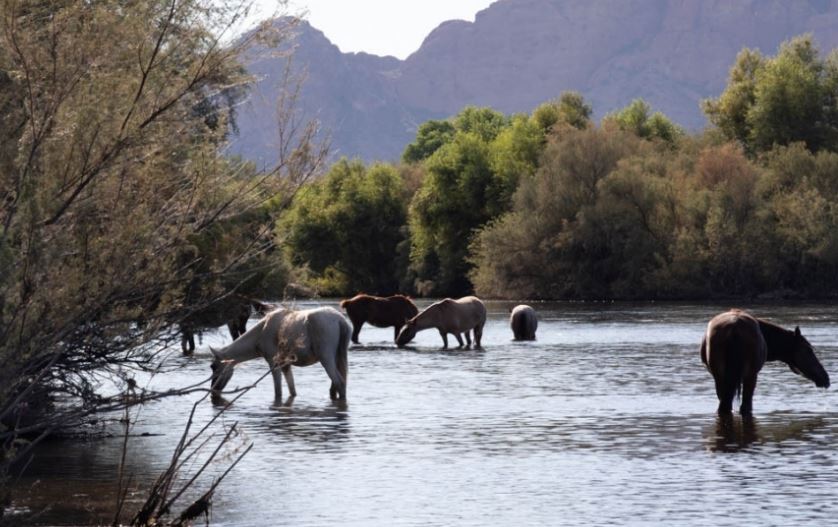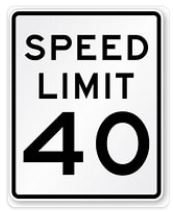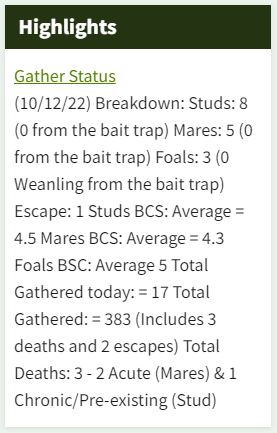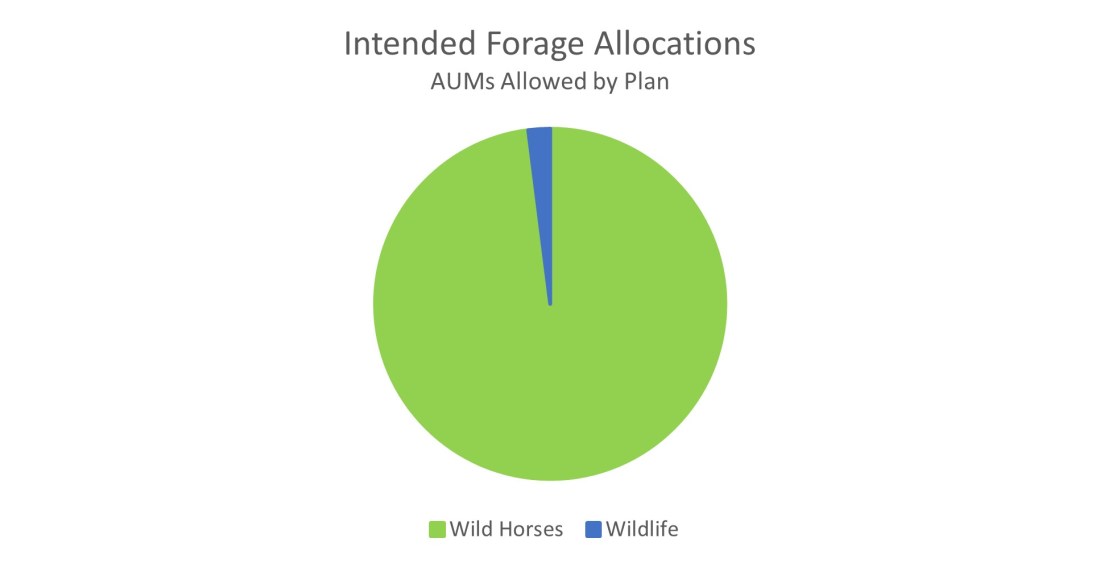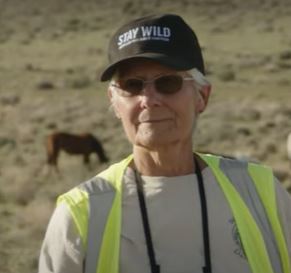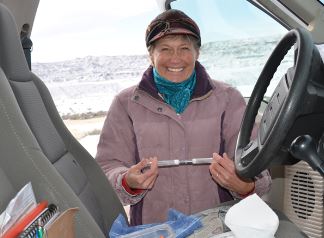The HMA, part of the Stone Cabin Complex, consists of two parcels separated by the Monitor WHT.
Each parcel intersects one grazing allotment. The northerly portion overlaps Hunts Canyon, on which cattle are permitted, and the southerly portion overlaps Ralston, which is idle.
The HMA covers 135,081 total acres, including 134,508 public acres.
The forty horses allowed by plan require 480 AUMs per year.
The stocking rate allowed by plan is 0.3 wild horses per thousand public acres, compared to a target rate across all HMAs of one wild horse per thousand acres
The Western Watersheds map shows the arrangement.

The Allotment Master Report provides acreage, management status and active AUMs for the two allotments.
Table 3 in the Draft EA for resource enforcement actions in the Complex indicates that 72% of Hunts Canyon, and the forage assigned thereto, assuming the resource is evenly distributed across the allotment, falls within the HMA.
The forage assigned to Hunts Canyon livestock inside the HMA is 1,611 AUMs per year, also shown in Table 3.
The forage shifted from horses to livestock in the Ralston portion of the HMA is zero.
The total estimated forage assigned to livestock inside the HMA is therefore 1,611 AUMs per year, enough to support and additional 134 wild horses, for a True AML of 174.
The current population is thought to be around 280, meaning that 106 excess horses are present, not 256 as indicated in Table 3.
With cattle receiving 3.4 times more forage than the horses, the HMA is managed primarily for livestock.
The government collects $2,175 per year in grazing fees from ranching activity inside the HMA, while it spends $244,550 per year to care for the 134 horses in short-term holding that could be returned to the range if the public-lands ranchers were confined to their base properties and expected to pay (OMG) the going rate to feed their animals.
RELATED: Stone Cabin Pest Control Plan Out for Public Review.






